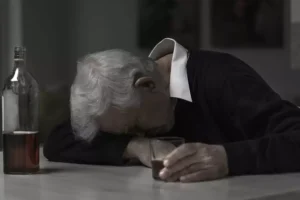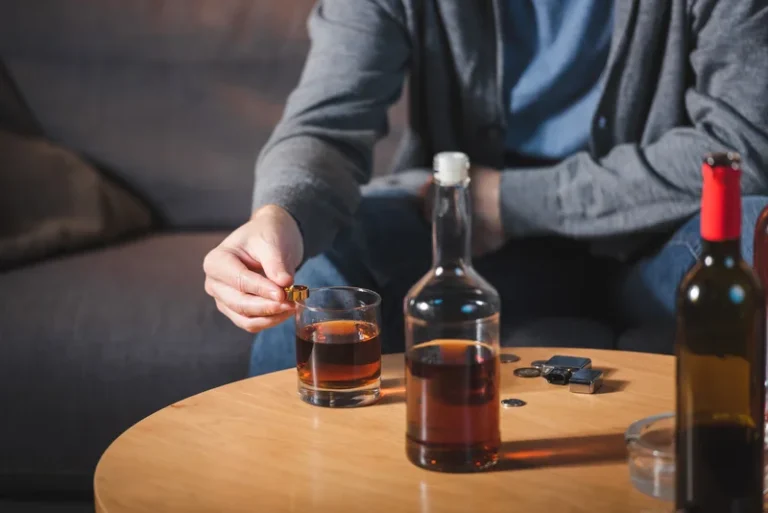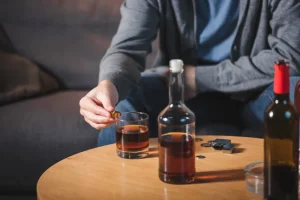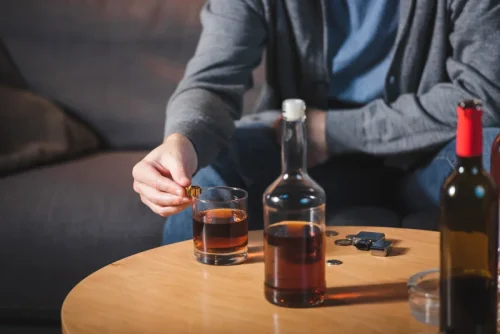Consequences of doping

However, it is essential to keep in mind that athletes may also use illicit drugs for recreational purposes in addition to their PEDs, similar to non-athletes. A study performed among young elite athletes in Italy provided interesting information showing that the most used illicit drug among athletes is cannabis. Besides prescription medication, many athletes may turn to illicit substances to deal with mental health conditions, stressors, and pain that they experience. In the event that an athlete and his or her medical providers feel it necessary, for documented medical reasons, that he or she continue to take a banned substance, WADA may consider granting a therapeutic use exemption, a concept mentioned earlier. A therapeutic use exemption must be on file before an athlete tests positive for the substance allowed by that therapeutic use exemption. Glucocorticoids are sometimes used by athletes in an attempt to enhance performance because of their anti-inflammatory and analgesic properties.12 However, there is minimal research to show any performance benefits of this class of drugs.
A. Androgenic-anabolic steroid

In addition to the physical aspects, scientific research has shown that there is a considerable correlation between the use of PEDs and mental health issues. Most commonly, it was found that the use of doping substances can trigger anxiety, obsessive disorders or psychosis. If you suspect that your teenager is using drugs of any kind, reach out for help. If you think that your child has a substance abuse problem, seek help now; don’t wait. The earlier your child gets help, the more likely they’ll be able to recover and achieve long-term sobriety.

What should I do if I need to take medicine for a health reason?

TMS treatment as typically constituted for the depression protocol can last 30–40 min, five days a week for about 6–7 weeks. This immense time commitment might be another roadblock for those seeking rapid recovery in the context of the sporting world pressures. To combat this issue, theta burst TMS may be another alternative that uses a higher frequency to produce shorter treatment sessions of 3 to 10 min.
Medical Professionals

Moreover, the very nature of the doping risk environments may limit the ability of individuals to effect harm reduction through mere behavioural change. Bodybuilding is a sport that involves the rigorous training and development of the body’s muscles through a combination of weightlifting, https://ecosoberhouse.com/ cardio, and nutrition. While it has been around for centuries, it gained popularity as a competitive sport in the 20th century, with the first Mr. Olympia contest in 1965.

Bodybuilding: A Comprehensive Review of Performance-Enhancing Substance Use and Public Health Implications
However, we are now seeing novel synthetic designer androgens, such as tetrahydrogestrinone (35, 36) and madol (37). Because these designer steroids have not undergone toxicologic or safety testing in humans or animals, they potentially pose an even more serious health risk than the more traditionally used AASs, which have received some level of animal or human testing. One model has called for a partial change to anti-doping by relaxing negative effects of drugs in sport current rules to allow for harm reduction to be introduced. This model goes beyond the others to include several levels of ethical concern (self, other, play, display, humanity) and acknowledges the complex reality of implementing changes to the existing system.
Drugs In Sport and Addiction
In 2018, the International Olympic Committee banned Team Russia from the Winter Olympics, allowing Russian athletes to compete independently under the neutral Olympic flag. Even athletes who were not part of the doping system suffered reputational and economic damages. I’ve always loved that freedom aspect of cycling, you know, the first time I could get away from mom and dad on my bike and travel many towns away from home.
- For elite and professional athletes, the monetary incentives to win can be huge and provide a reason for athletes to use prohibited substances (Aubel & Ohl, 2014; Fincoeur, Cunningham & Ohl, 2018).
- Alternatively, it may involve use of substances such as alcohol or marijuana without the intent of performance enhancement, since athletes may develop substance use disorders just as any nonathlete may.
- These are substances such as EPO (erythropoietin) – which increases bulk, strength and red blood cell count and gives athletes more energy – and HGH (human growth hormone), which builds muscle.
- But being forced to go in and testify in front of the grand jury, I felt like, all of a sudden, that was my moment and I had all this guilt built up that I didn’t even know how deep it went.
- Ketamine is an NMDA receptor antagonist but its true mechanism of action has still not been completely elucidated.